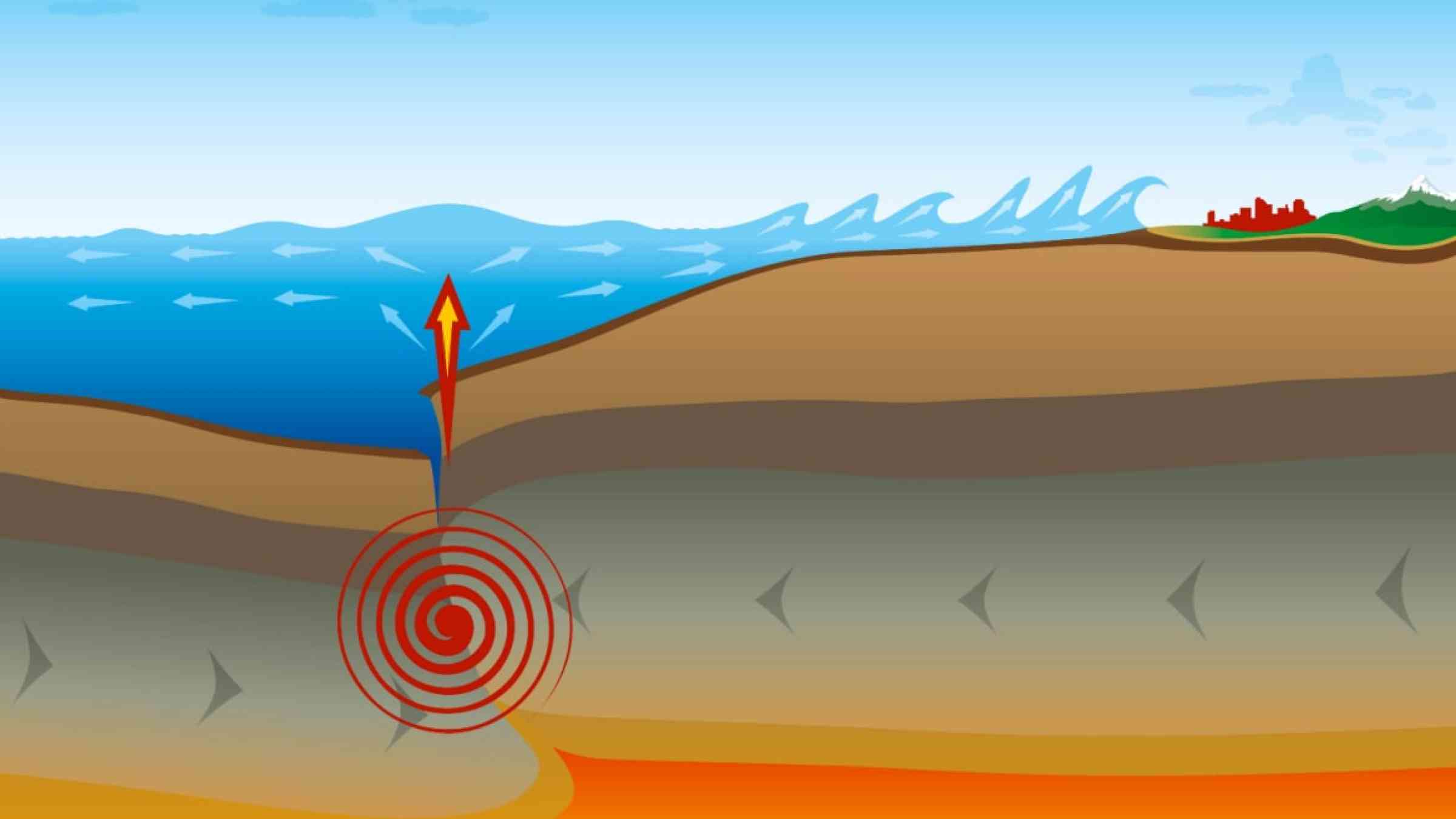Please help us improve PreventionWeb by taking this brief survey. Your input will allow us to better serve the needs of the DRR community.
Cause of puzzling tsunami near Sulawesi unraveled

When tectonic plates collide and thrust over each other and cause an earthquake, a tsunami can occur. That should not happen in an earthquake where the plates slide past each other. And yet that was exactly what happened on 28 September 2018 near Palu Bay (Sulawesi, Indonesia), mere minutes after an earthquake of that second category. The earthquake and tsunami killed 4,000 people. Geologists then pondered the cause of this unexpected wave. A team of researchers led by Utrecht University earth scientist Taco Broerse has a new solution to the riddle: under certain conditions, earthquakes of this type can indeed cause tsunamis. Similar situations are also found near Istanbul. If such a metropolis of millions were ever hit by an earthquake - and that chance is not inconceivable - it too could be followed by a tsunami.
"The key question was whether the tsunami occurred because of the earthquake itself, or because of the consequences of that earthquake, such as undersea landslides," explains Taco Broerse. "Therefore, we used satellite data to build models of tsunamis." The number of models ran into the millions, and one group of them turned out to match what had occurred on that fateful September day in 2018. "So we can assume that it was indeed the earthquake itself that caused the tsunami, largely due to bends in the fault system."
Lifting seabed
The fault line under Sulawesi is not a perfectly straight crack in the landscape, but contains bends. Significant vertical displacements occurred at those bends, the measurement data showed. So this created the conditions for the tsunami, because such a huge wave only occurs when the seabed rises. "And from that measurement data, we could deduce that there is another fault curve under Palu Bay. It is estimated that the seabed there has risen several metres."
Tsunami risk
The research findings offer a new perspective on tsunamis through this type of fault, with potentially important implications for tsunami risk in cities near large fault systems, as in the case of Istanbul along the Sea of Marmara, through which the North Anatolian Fault runs, and San Francisco and the Bay Area along the San Andreas Fault.
Explore further
Please note: Content is displayed as last posted by a PreventionWeb community member or editor. The views expressed therein are not necessarily those of UNDRR, PreventionWeb, or its sponsors. See our terms of use
Is this page useful?
Yes No Report an issue on this pageThank you. If you have 2 minutes, we would benefit from additional feedback (link opens in a new window).